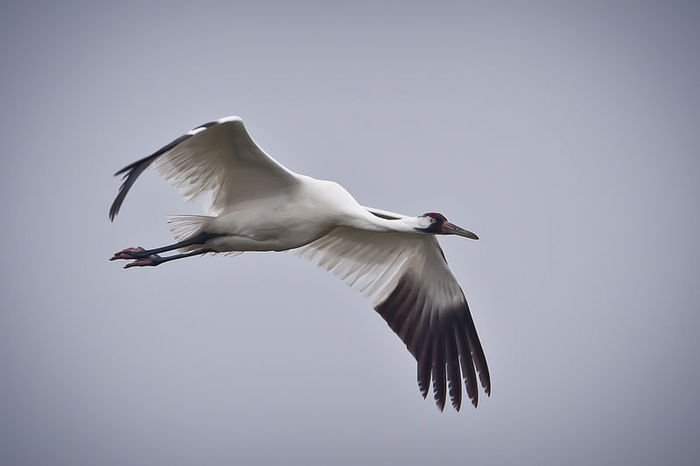BALTIMORE, Aug. 29 (UPI) -- U.S. scientists studying endangered whooping cranes report these long-lived birds learn their migration routes from older cranes and get better at it with age.
Whooping crane groups that included a 7-year-old adult deviated less from a migratory straight-line path between their Wisconsin breeding grounds and Florida wintering grounds, a study led by the University of Maryland found.















